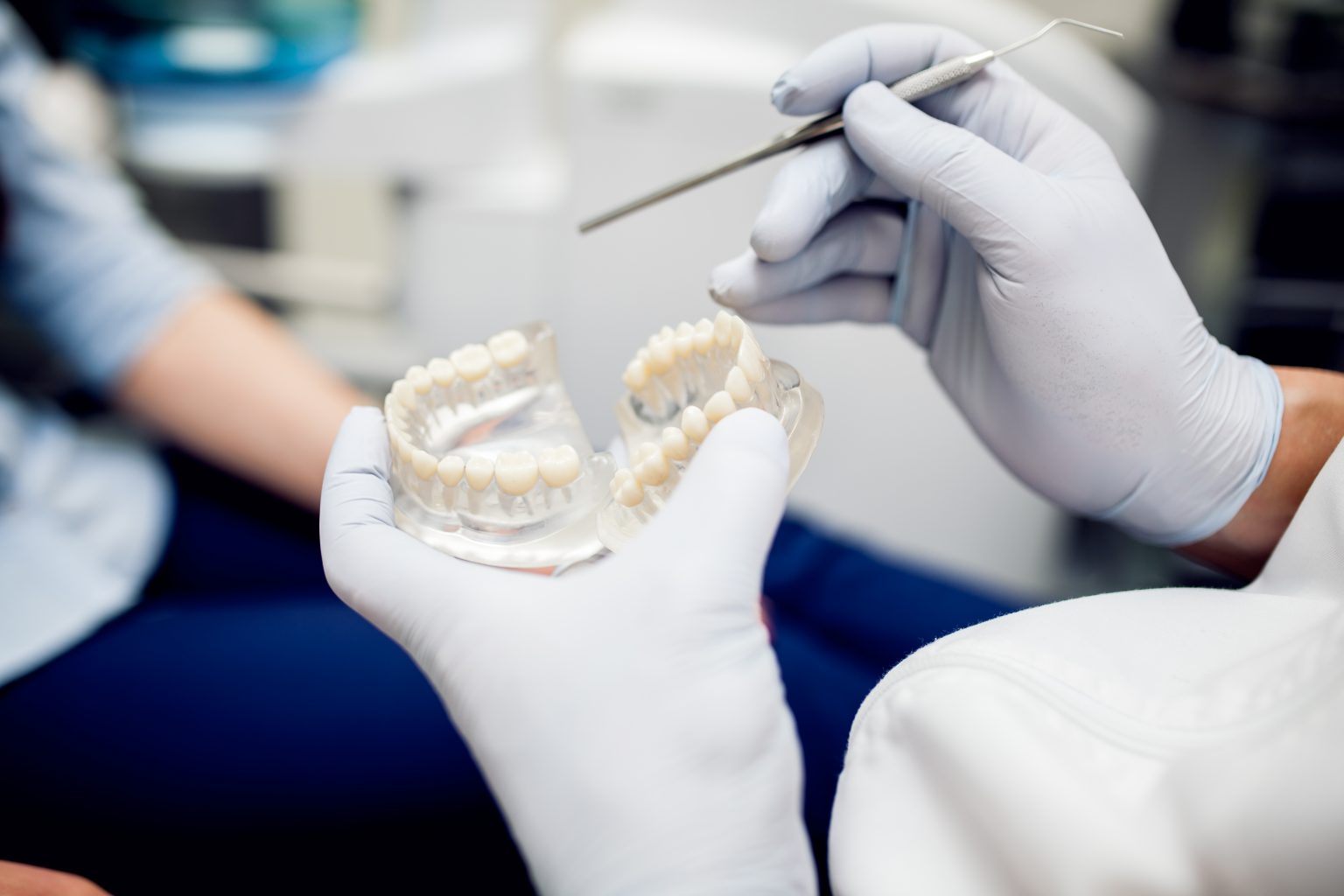Root canal treatment often sparks fear and misconceptions, but understanding the science behind it can alleviate anxiety and promote informed decisions. Whether in Plano or seeking dental care in Garland, comprehending this common procedure is essential for maintaining oral health.
Root Canal Demystified
Root canal treatment, also known as endodontic therapy, is a dental procedure aimed at saving a severely infected or damaged tooth. Contrary to popular belief, it’s not a painful process but rather a means to relieve pain caused by severe tooth decay, infection, or trauma.
Understanding Tooth Anatomy
To comprehend root canal treatment, it’s vital to grasp the anatomy of a tooth. Each tooth comprises multiple layers:
- Enamel: The hard, outer layer protecting the tooth’s surface.
- Dentin: A softer layer beneath the enamel, containing nerve endings.
- Pulp: The innermost layer, housing nerves, blood vessels, and connective tissues.
When bacteria penetrate the enamel and dentin, reaching the pulp, it can lead to infection, inflammation, and severe pain.
The Root Canal Procedure
- Diagnosis: A thorough examination, often including X-rays, determines the extent of damage and the need for root canal therapy.
- Anesthesia: Local anesthesia is administered to numb the affected area, ensuring a pain-free procedure.
- Access: The dentist creates a small opening in the tooth’s crown to access the infected pulp chamber and root canals.
- Cleaning and Shaping: Special instruments are used to remove the infected pulp, clean the root canals, and shape them for filling.
- Filling: The cleaned root canals are filled with a biocompatible material called gutta-percha to seal them and prevent reinfection.
- Restoration: After root canal therapy, the tooth may require a permanent restoration, such as a dental crown, to restore its strength and functionality.
Benefits of Root Canal Treatment
- Pain Relief: Root canal therapy alleviates the severe pain associated with tooth infections, restoring comfort and oral function.
- Preservation of Natural Tooth: Unlike tooth extraction, root canal treatment preserves the natural tooth structure, maintaining jawbone integrity and preventing adjacent teeth from shifting.
- Improved Oral Health: By removing infected tissue and sealing the root canals, root canal therapy prevents the spread of infection and promotes long-term oral health.
- Functional Restoration: With a dental crown or other restoration, the treated tooth regains its strength and functionality, allowing for normal chewing and biting.
- Aesthetic Enhancement: Restoring a decayed or damaged tooth with root canal therapy and a dental crown enhances the appearance of the smile, boosting confidence and self-esteem.
Choosing the Right Dentist
When considering root canal treatment in Plano or seeking dental care services in Garland, selecting the right dentist is crucial. Look for a dentist who:
- Specializes in endodontics or has extensive experience in performing root canal therapy.
- Utilizes advanced technology, such as digital imaging and rotary instruments, for precise and efficient treatment.
- Provides personalized care, addressing your concerns, explaining the procedure in detail, and ensuring your comfort throughout the process.
Conclusion: A Path to Pain Relief and Oral Health
Root canal therapy may seem daunting, but understanding its purpose and procedure can alleviate anxiety and pave the way to pain relief and restored oral health. Whether in Plano or Garland, entrust your dental care to a qualified and compassionate dentist who prioritizes your well-being. With root canal treatment, you can preserve your natural smile and enjoy lasting comfort and functionality for years to come.



